



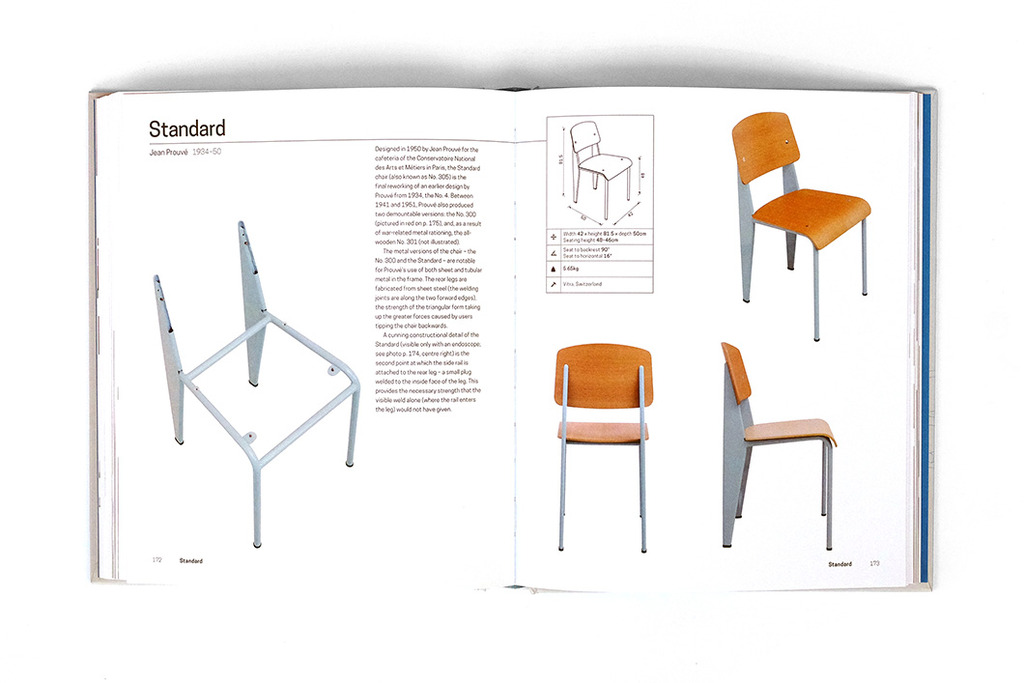

More than any other element of furniture, the seat has aroused the wildest dreams of designers. The singular curve of a backrest, the curve of a foot, the angle of a seat or the color of the whole all reflect the aesthetic concern of an era. Professor of product and furniture design at the University of Applied Sciences in Rosenheim, Germany, James Orrom publishes at Thames & Hudson Chair Anatomy – Design & Construction. Designers and architects, whose work revolves around space, comfort and function, strive for centuries to make the most perfect chairs – or the most unusual. Most chairs, however, are not unique, but manufactured in large quantities, to be shipped worldwide, displayed and marketed. We only see the final product and we rarely know how our chair was designed. Through the painstaking work of deconstructing and reducing chairs to their components, Chair Anatomy – Design & Construction goes to the heart of more than fifty iconic designs from the past 150 years: how pieces were designed and produced to fit together; why a certain material confers a certain quality, a functional advance, or a comfort; how the structure of the chair can withstand the constraints while being elegant and economical to produce. We discover in detail cult pieces like the Standard and the Anthony of Jean Prouvé, the Chaise Longue and the Great Comfort of Le Corbusier, the DKR, the DSW, the LCW or the PAW of Charles and Ray Eames … At the End of the book – with a glossary of technical terms and a bibliography for further reading – is a selection of designers behind the chairs presented. Offering a new perspective on some of the most iconic chairs in the history of design, this reference book is a must for enthusiasts and collectors alike.




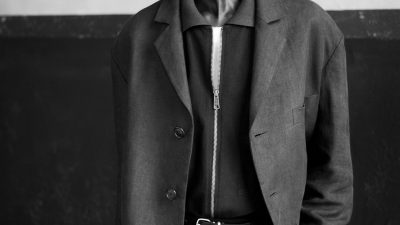







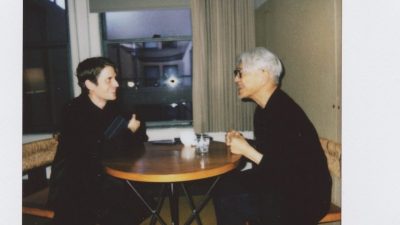






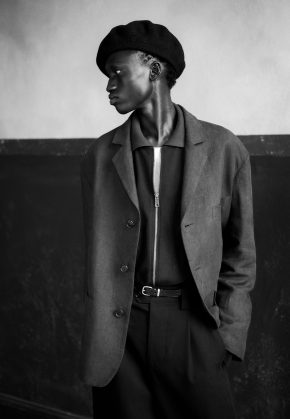




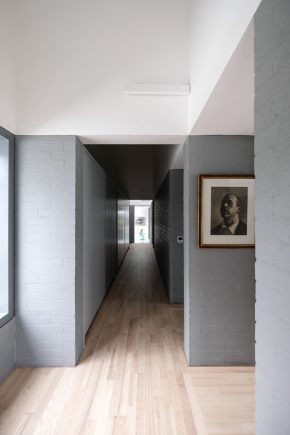
Comments